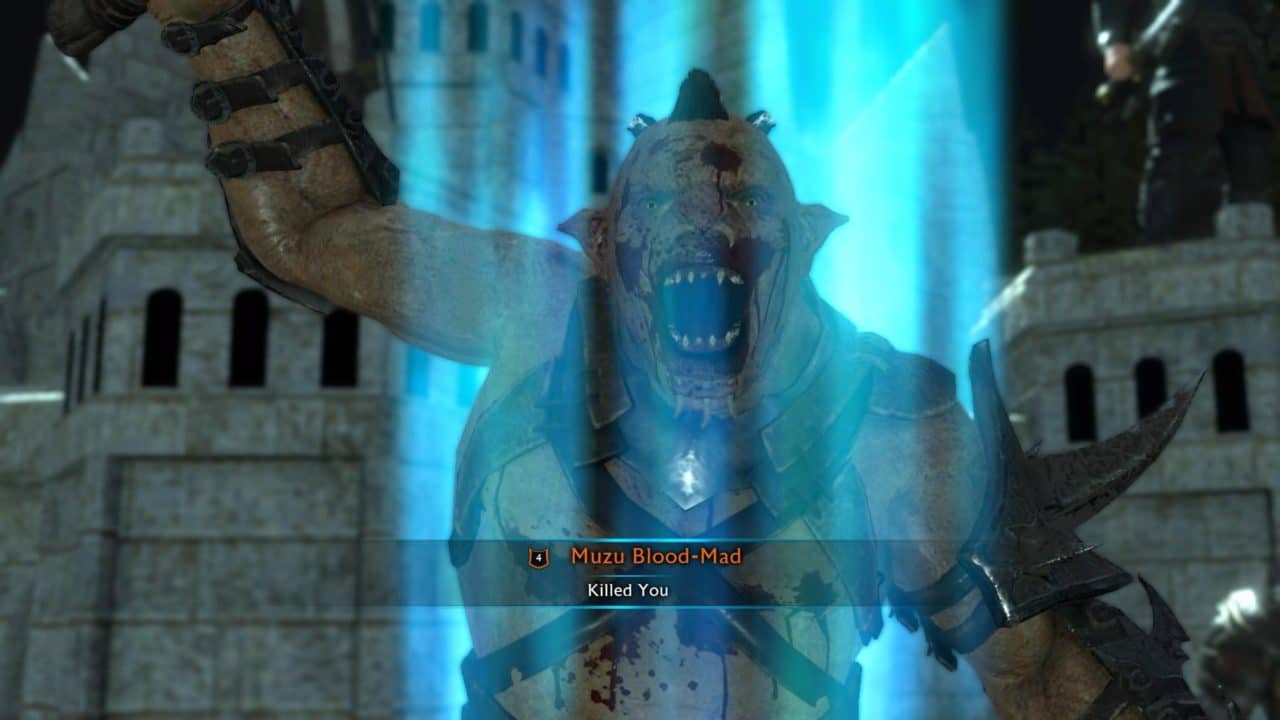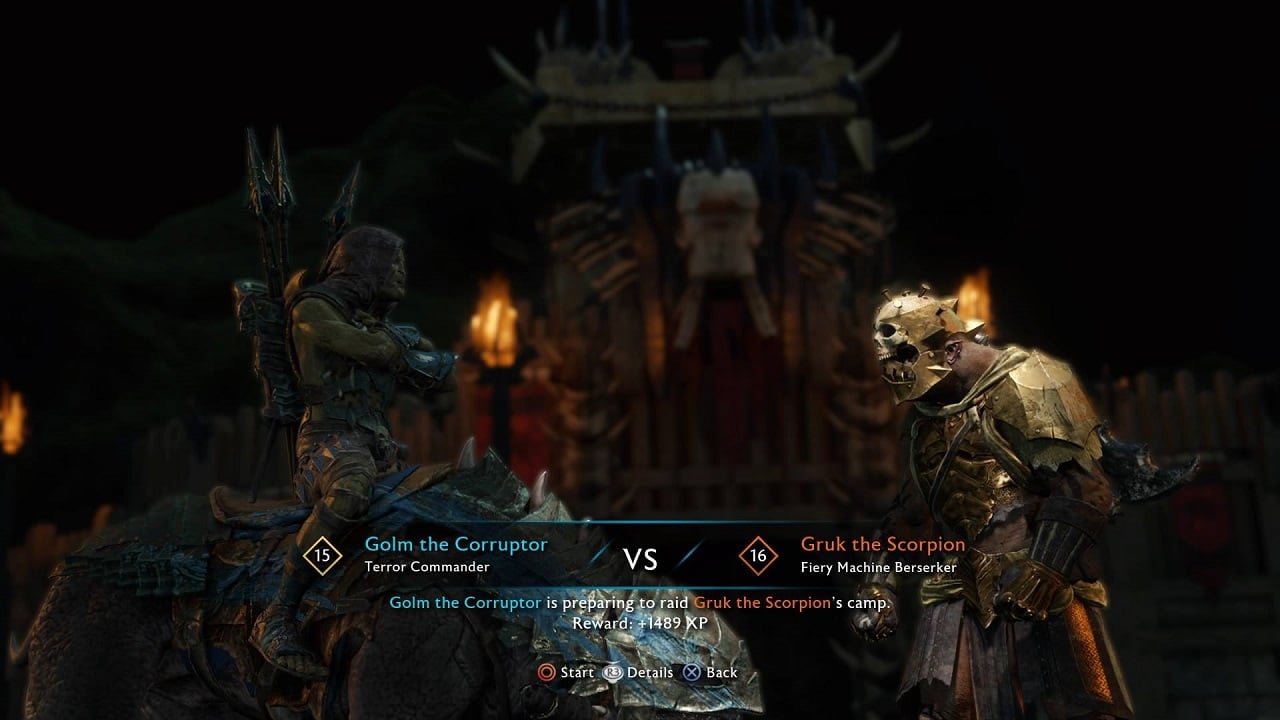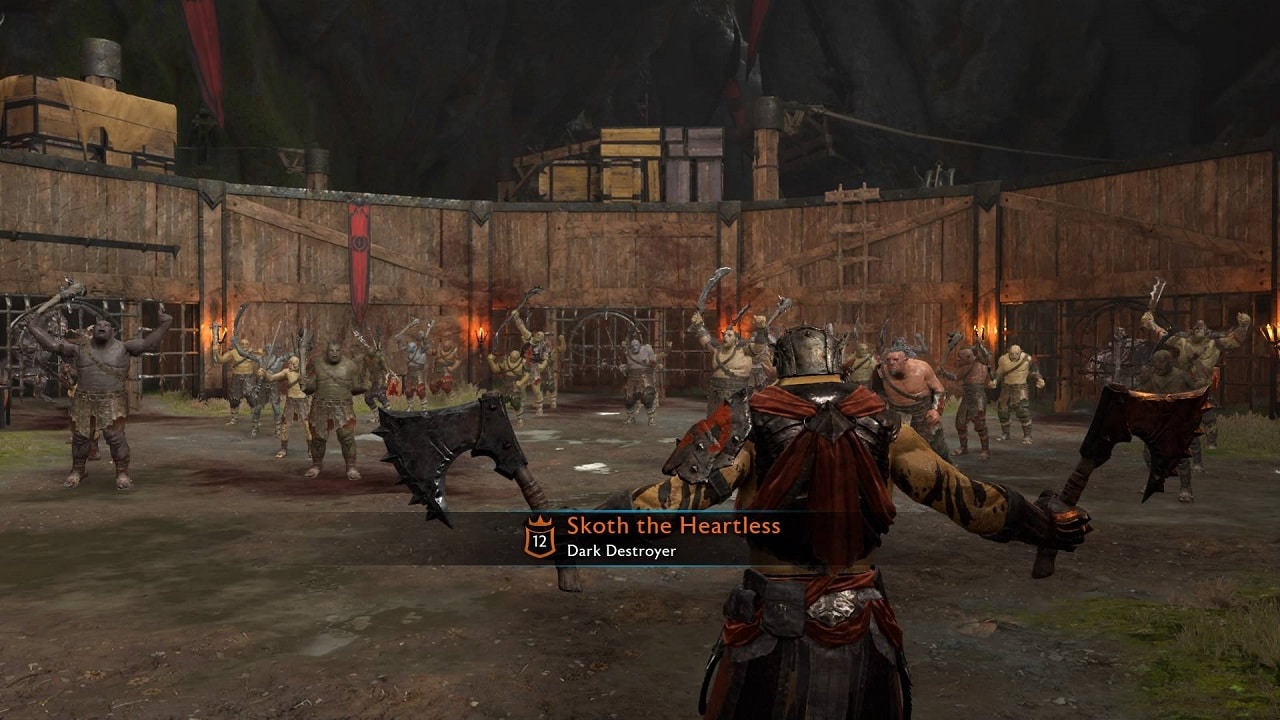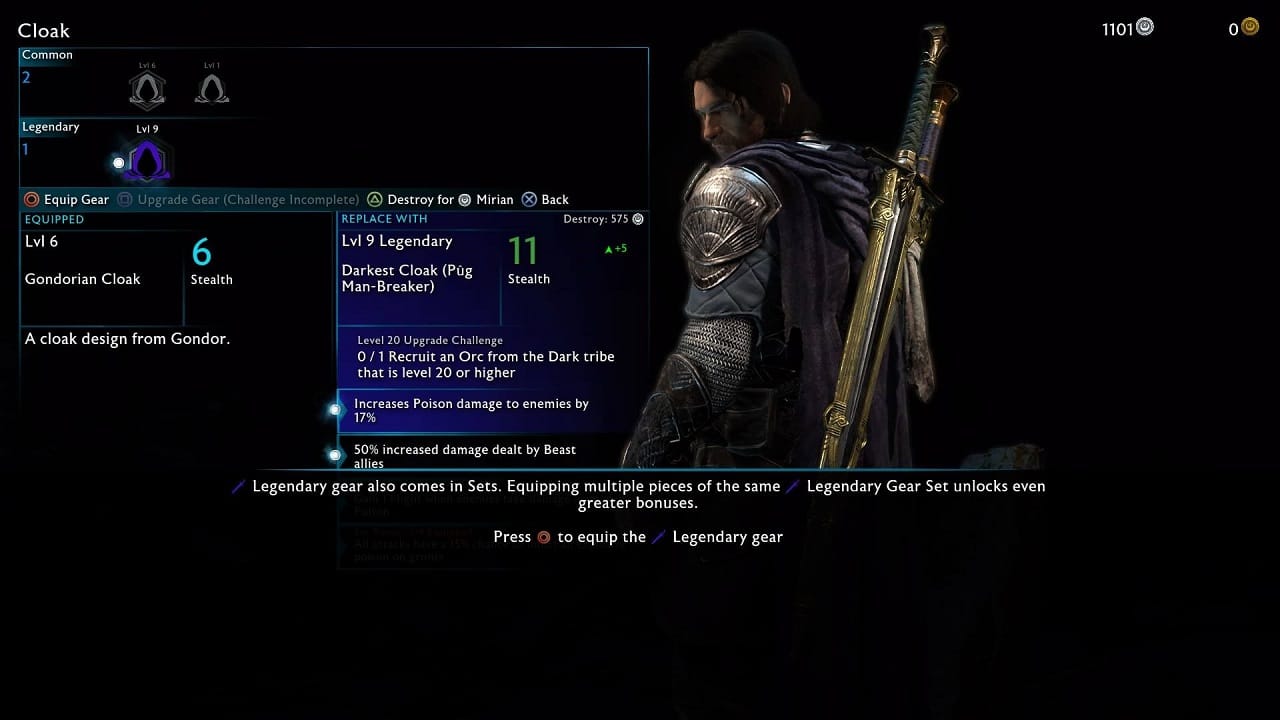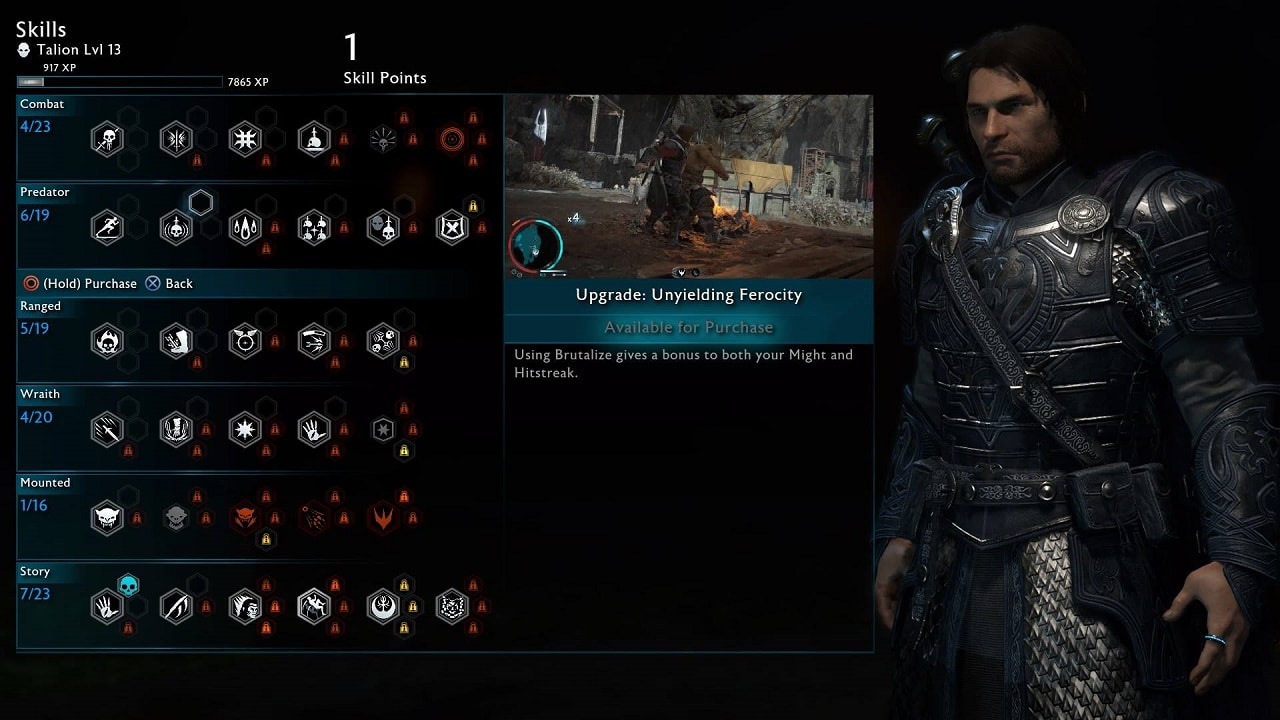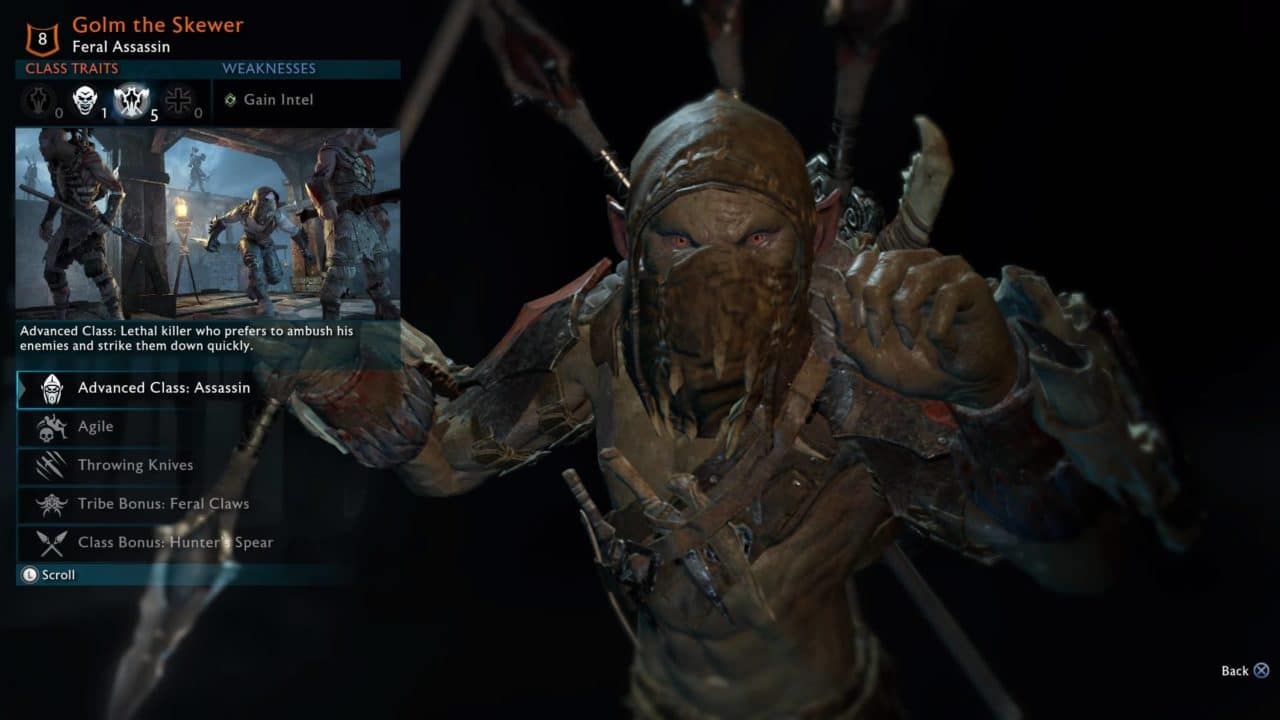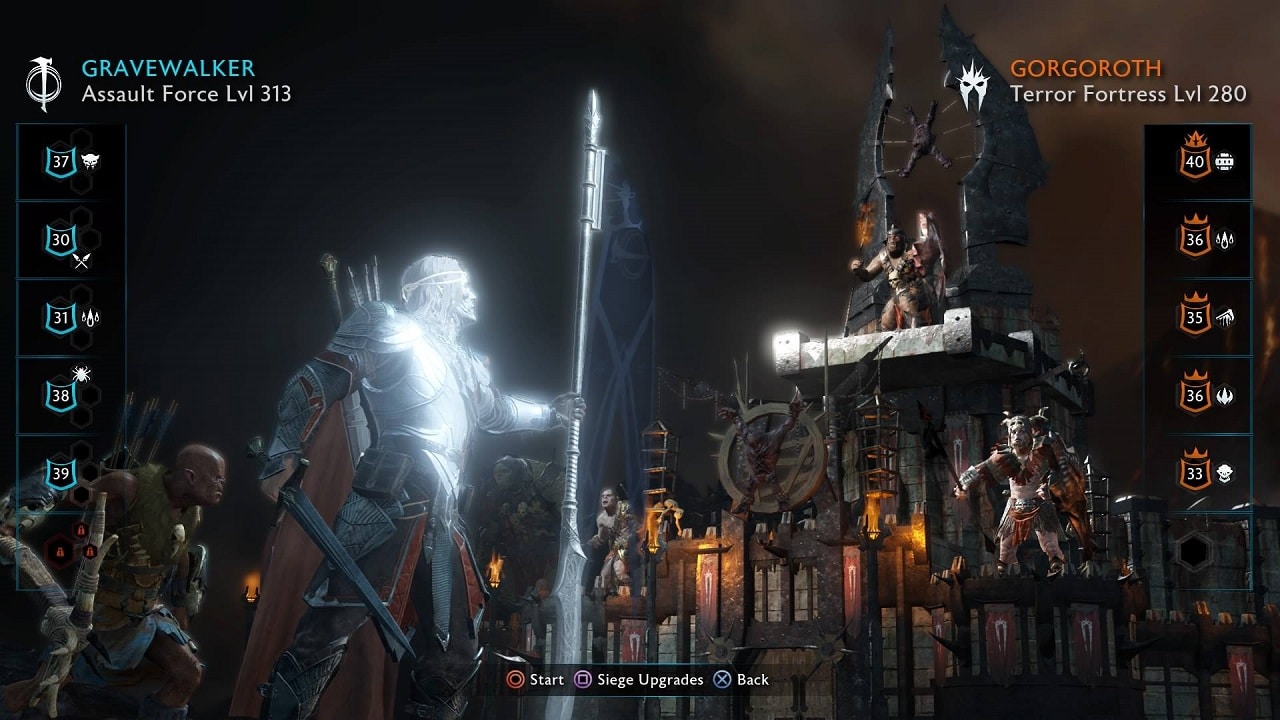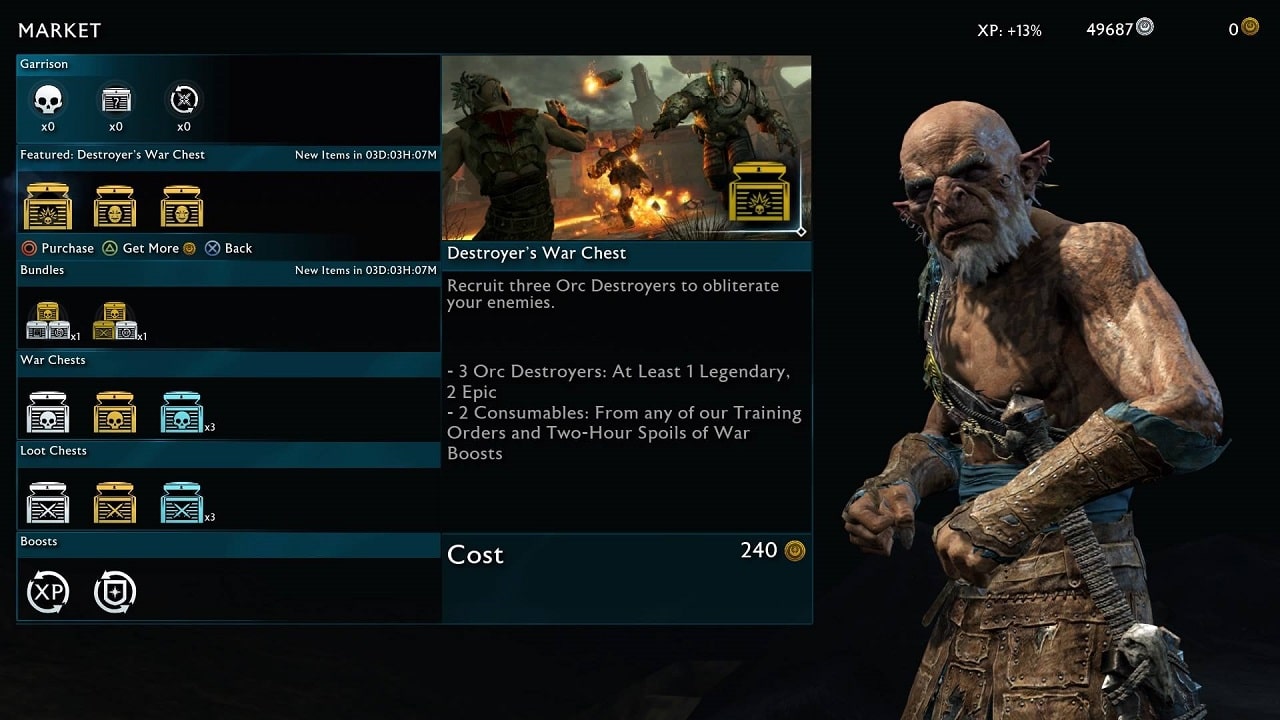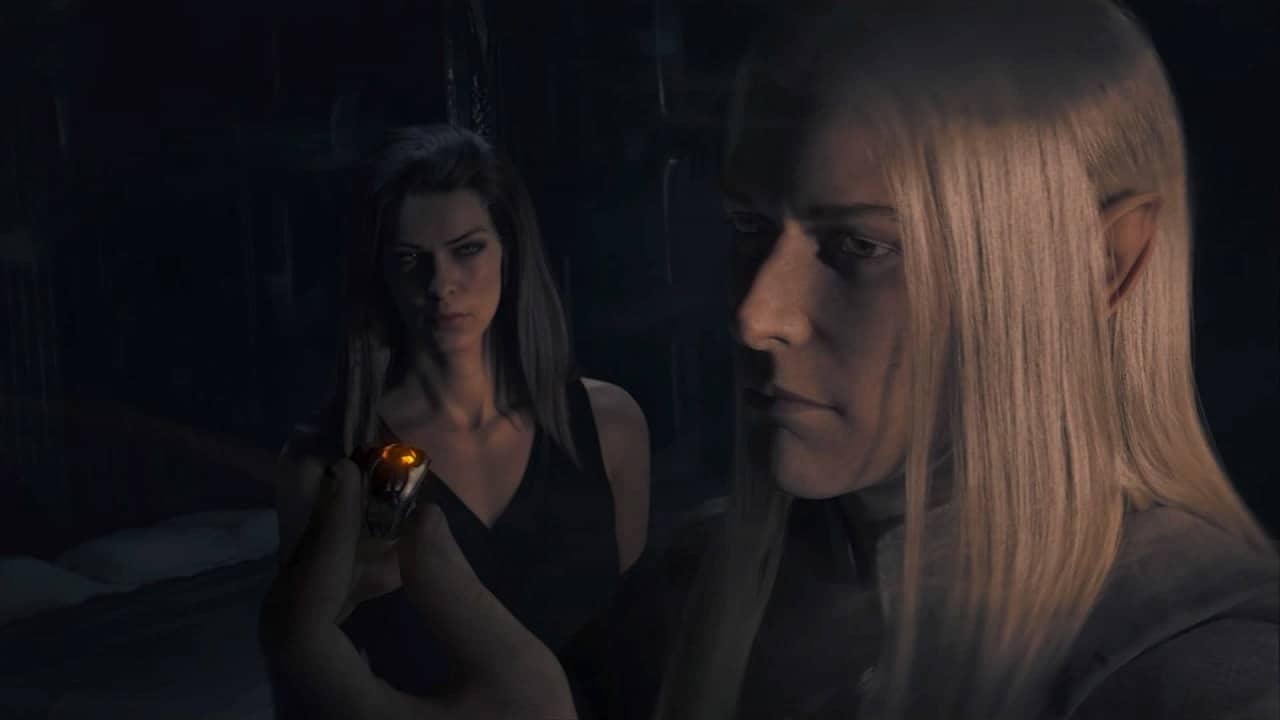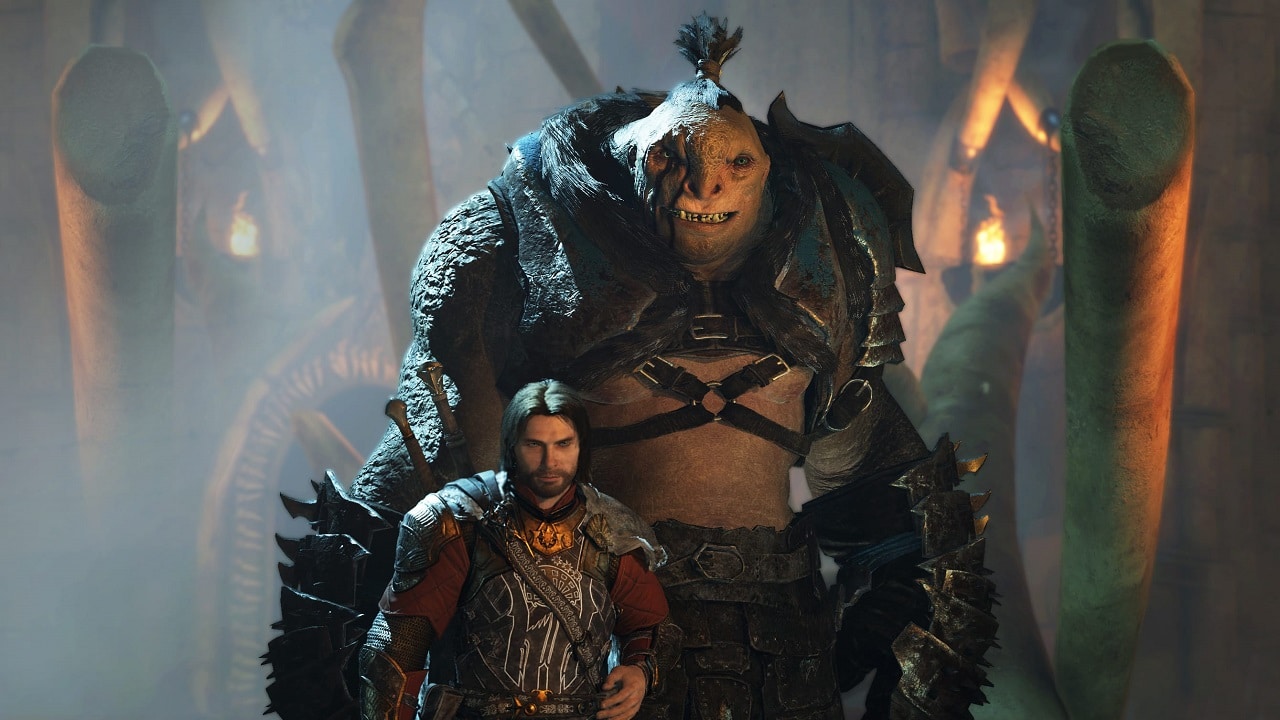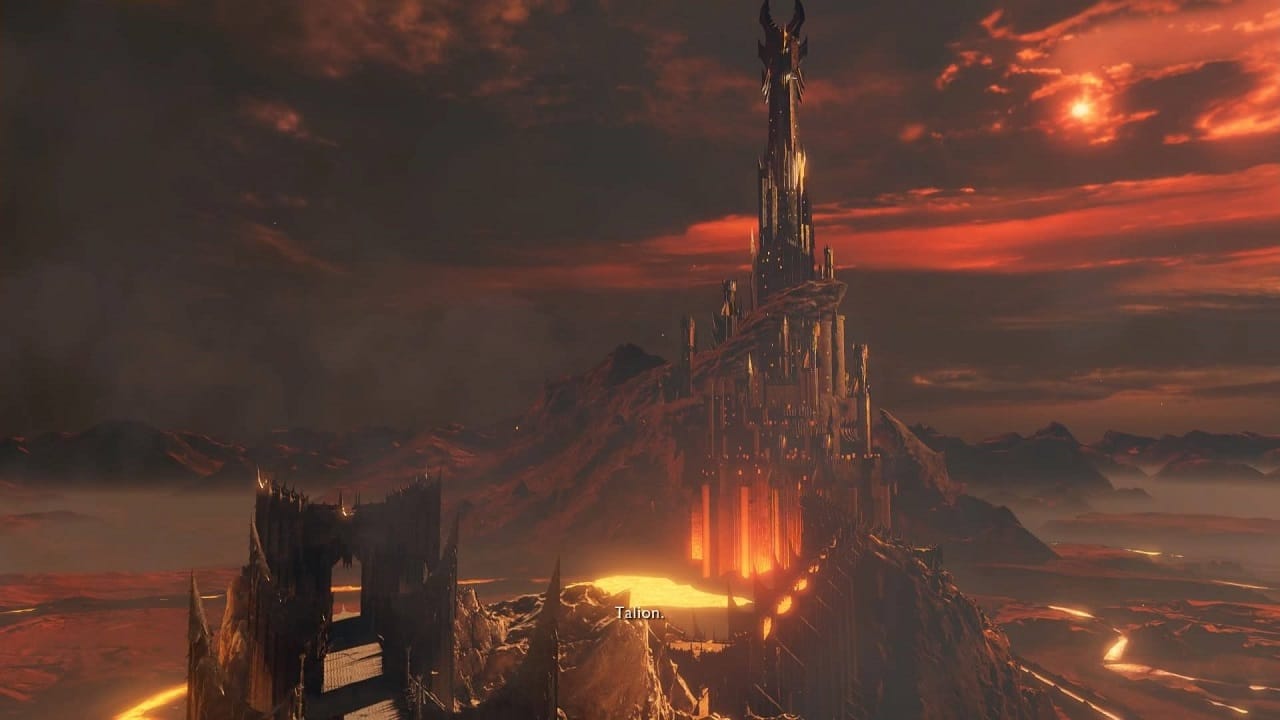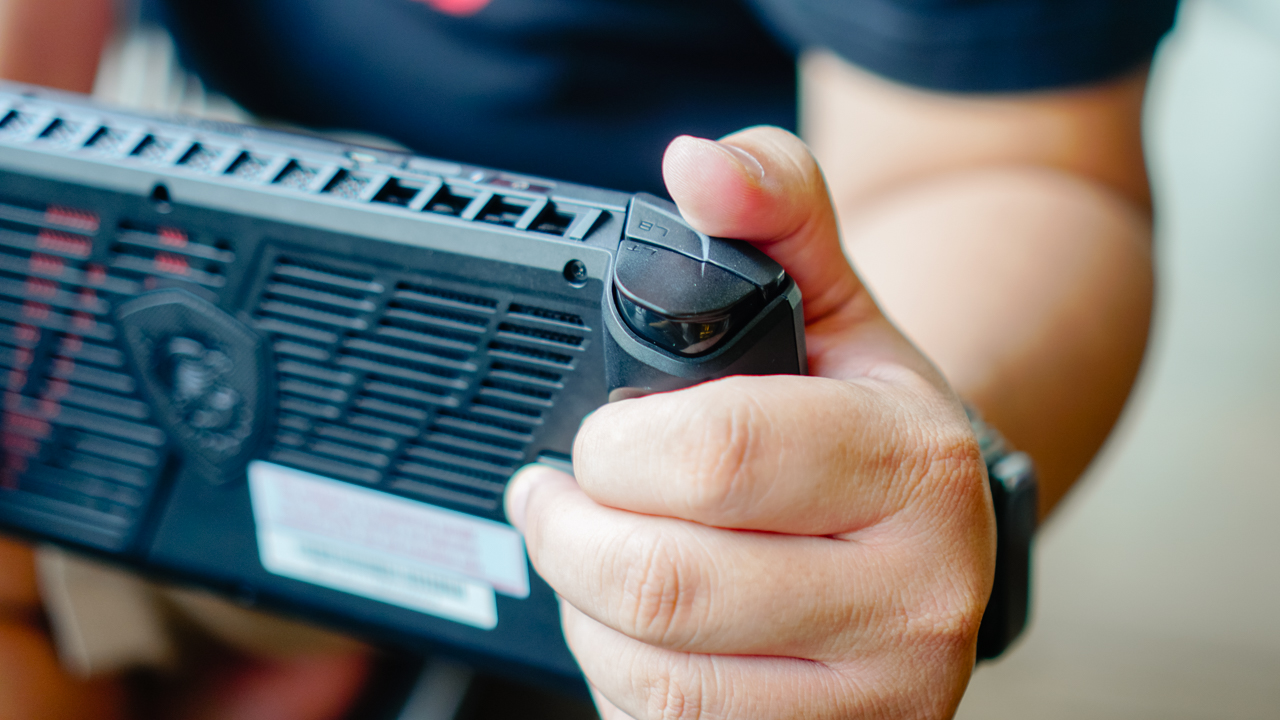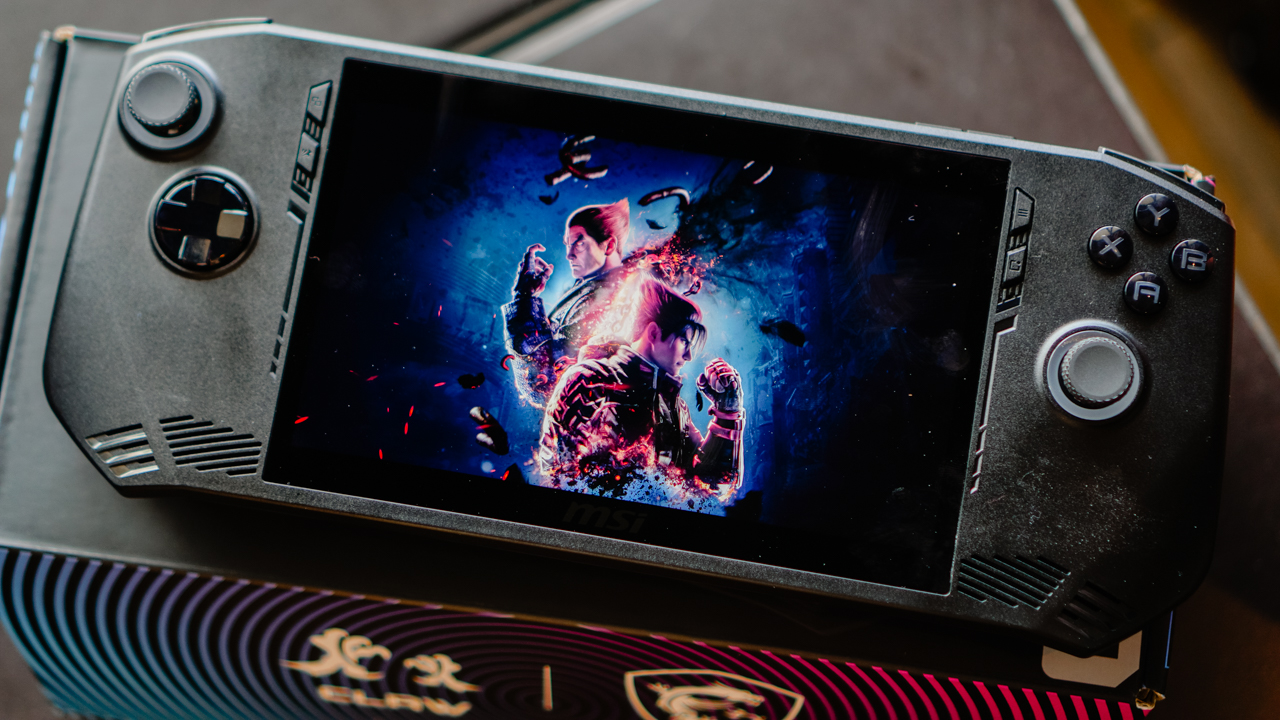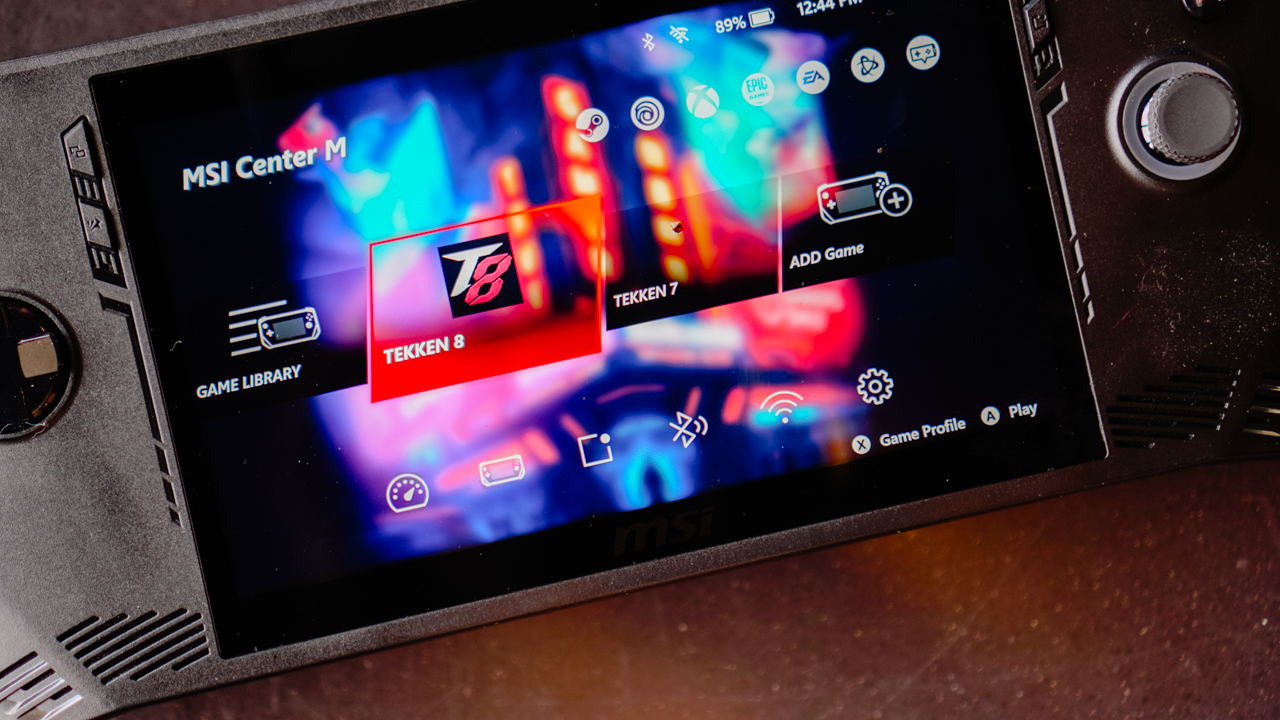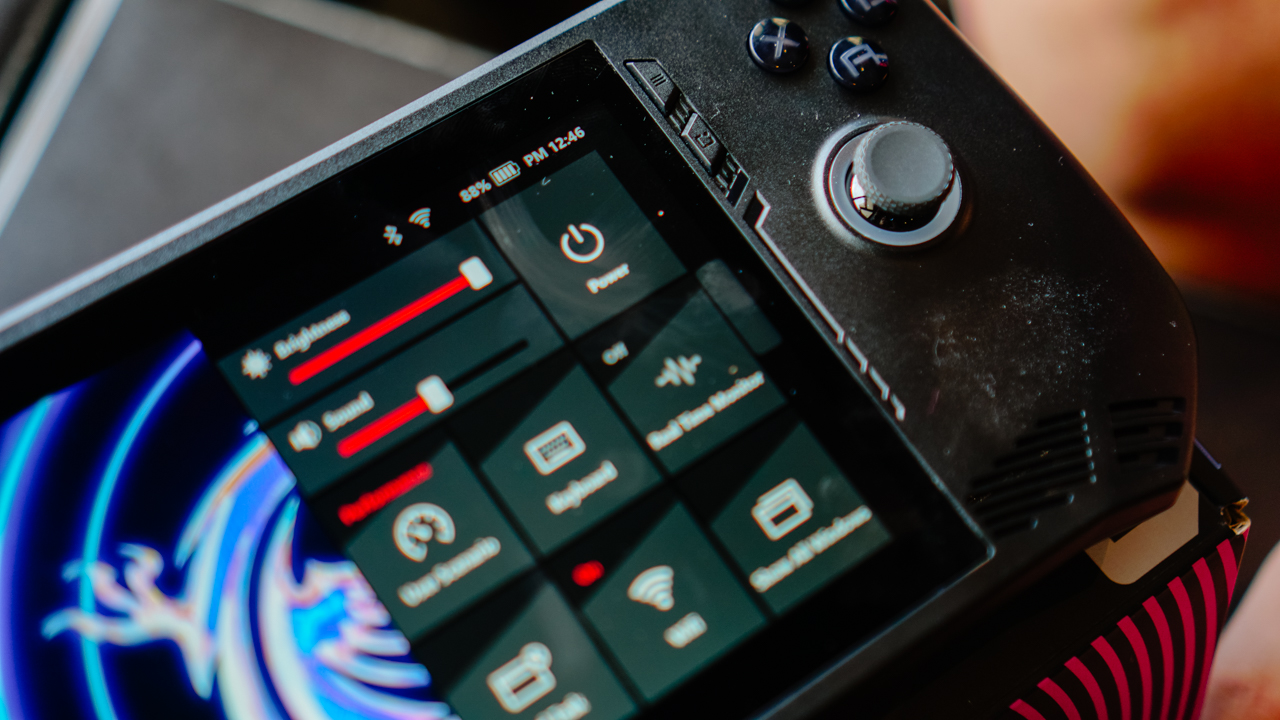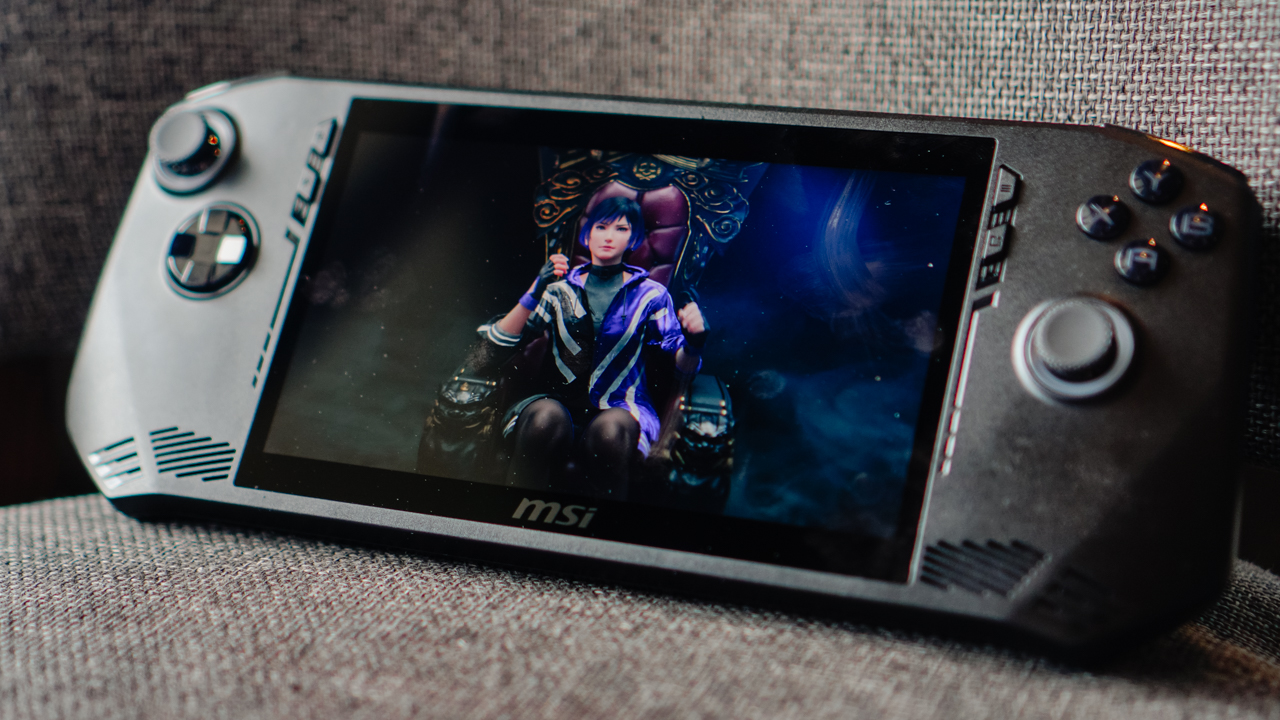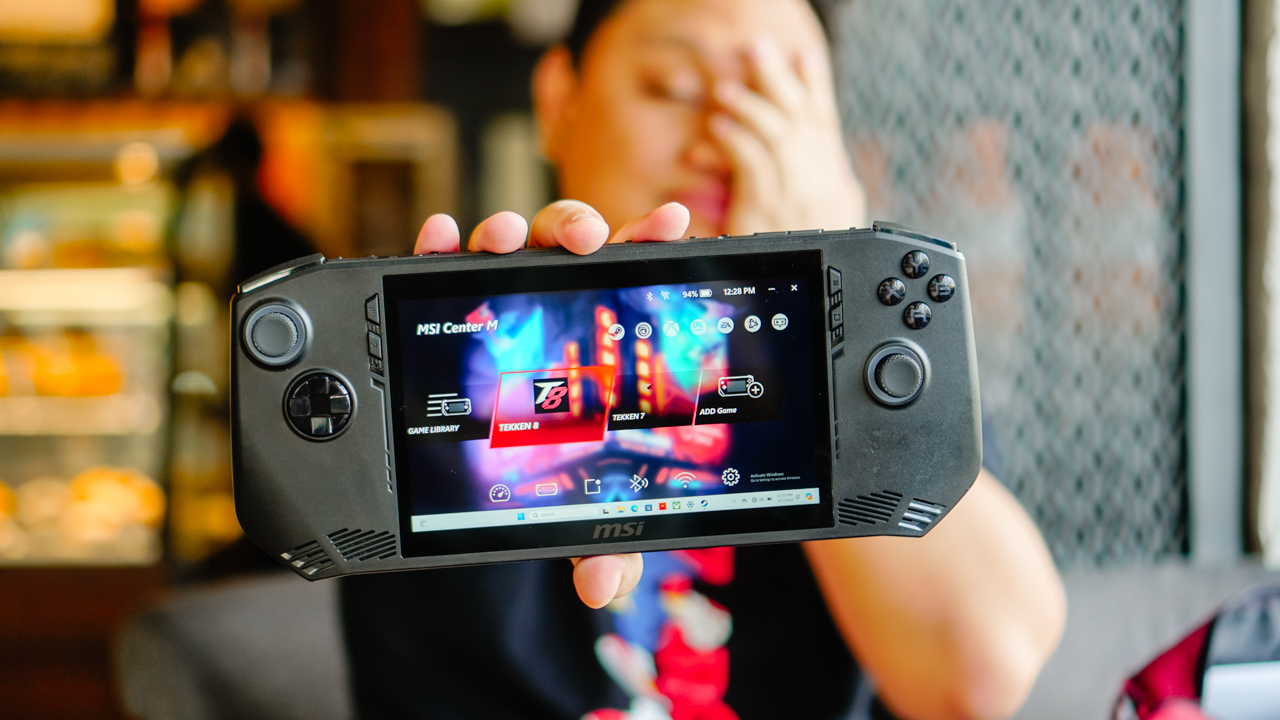Gaming
Middle-earth: Shadow of War review — System overload
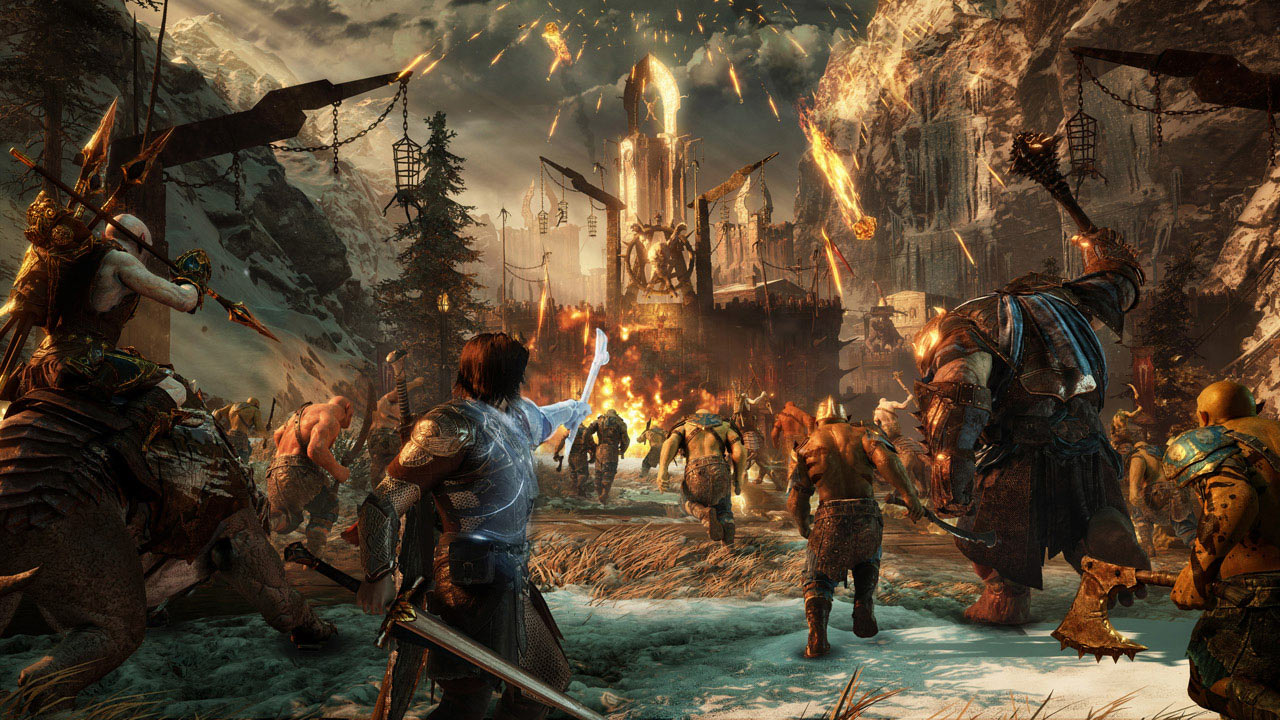
Three years after Middle-earth: Shadow of Mordor broke ground with how video game systems can tell stories, its sequel Middle-earth: Shadow of War builds on that foundation and more. Do these new layers elevate or encumber the experience?
With a twist of his hunky wrists, Ur-Hakon Brawlmaster extinguished Bugu Flame Monger’s ambitions of becoming warchief. The 15-foot Olog berserker separated the fiery terror’s head from his body, showing every orc in the ice cavern Fight Pit of Seregost what he’d do to challengers. It was an impressive audition for a spot in my army that would face Sauron’s siege. Ur-Hakon just didn’t know it yet.
Prestigious legacy
Middle-earth: Shadow of Mordor was a revelation for video games in 2014. On the surface, it looked like a cash-grab mash-up of The Lord of the Rings, Assassin’s Creed, and the Batman: Arkham series. Technically, it was, as it used the LOTR universe as well as the combat and stealth mechanics of the two aforementioned video game franchises.
What made it special though was the Nemesis system. Basically, it generated enemy orcs with randomized sets of various strengths and weaknesses that would grow stronger if they killed the player or survived the encounter. They would remember how the encounter with the player ended, commenting on it through voiced dialogue if they’d meet the player again. These orcs would also fight with one another, with or without the player’s input, and the winner would also become stronger.
This system facilitated all sorts of unique stories, and was the number one driving force for all the accolades the game received.
The sequel, Middle-earth: Shadow of War, expands on the Nemesis system with a lot more traits assigned to orcs, novel ways they can react to the player’s actions, loot drops, and a whole new fortress capture-and-defend element.
Despite winning with relative ease, Ur-Hakon sustained enough damage in his duel with Bugu that it would not have taken long for me to Dominate him. Just a few more strikes from my sword, and he would’ve been ready to submit and join my legion of mind-controlled orcs. So I leapt into the pit, eager to replace my now headless captain with this hulking behemoth, right into an ambush by Horza, Feral Tracker.
More mechanics
There are four areas to conquer, each with its own host of orcs that have different attributes and equipment they can drop. The gear you can pick up is sorted in a separate menu, listing their statistics along with bonuses you can access by completing small goals and wearing a matching set. Runes can be slotted into your equipment for buffs, and runes of the same kind can be upgraded by combining three similarly leveled runes to form one stronger rune. You have more skills to unlock compared to Shadow of Mordor.
The game introduces these mechanics over time so that it’s not overwhelming. It’s pretty easy to get immersed in exploring how they interlock. Does this polished vitality rune go better with the rare longbow that restores health with every headshot over the regular chest piece that gives a flat increase to your life bar? Would this ability to freeze multiple baddies at once be effective against this orc captain that always has a pack of caragor-riding hunters with him? Perhaps pairing this sickly warchief with an orc bodyguard that gets stronger when poisoned would do well against an enemy orc that can summon venomous spiders for this one fortress siege.
And it’s in those fortress sieges that Shadow of War shines.
Ur-Hakon’s might should have been mine. Complications by way of several blades to my back courtesy of Horza led to this death. Well, deaths, as I did get rid of the meddling party after chopping off the Feral Tracker’s limbs. Ur-Hakon, taking advantage of the distraction, pummeled me into the ground. “I’ll get him on the next life,” assuring myself upon seeing the Brawlmaster’s power grow for ending me.
Compelling complexity in chaos
Opposing orc forces smash into each other on screen by the dozens. Siege beasts hurl explosives over spiked metal walls. Gigantic Graugs and club-wielding Olog-hai batter the gates as toxic fumes blow out of spouts, choking would-be invaders trying to scale the perimeter. Fire rains from a drake circling the skies. Warchiefs face assault leaders in strategic areas, their powers and weakpoints laid bare in pitched combat.
And there’s you, right in the middle of everything, the one X-factor that can change the tide of battle.
Depending on how much you planned prior to engaging, these sieges can be quick, calculated affairs under 15 minutes or wild and protracted struggles that have you teetering on the edge of defeat for 30 minutes or longer. Whether you’re seeing a sound strategy swiftly executed or barely surviving a slog of a brawl, it can be exhilarating.
Up to a point.
It didn’t take long finding Ur-Hakon at the edges of Seregost’s snow-capped mountains. He was fresh this time, unburdened from the tolls of a pit fight. Before I could get close though, a snarl behind me snapped my attention to Tuka the Machine. I burned him to death once. Half of his face was steel now, and he had a gang to back him up. We fought, unfortunately, in front of Ur-Hakon. The Brawlmaster killed us both.
The weight of war
Beating the game requires you to do about 30 fortress sieges, 20 of which come back-to-back at the end, and that’s if you don’t lose. Of course, each one gets harder than the last, as the orcs you face have progressively higher levels. The higher their levels, the fewer weaknesses they have and the more immunities they possess. By the last 10 sieges, most orc bosses you have to defeat are invulnerable to a lot of techniques and can also kill you in a couple of hits, even when you’ve reached the max level of 60 and have powerful gear.
The orcs you’ve put in charge of the fortresses from naturally playing the game get outpaced in level by the enemy orcs when you reach this point, too. How do you keep up?
You either slowly level up your army through the Fight Pits, or you buy loot boxes that contain more appropriately leveled orcs. The former takes forever as you can only do it for one orc at a time, while the latter just feels icky with how blatantly it takes you out of the experience and pressures you to pay up.
Granted, you can buy a basic loot box with in-game currency that you’ll have probably amassed enough of by this time from completing quests.
Did I mention there are quests?
This was it. I tracked Ur-Hakon to a nearby cavern. There was no one else around to interfere. I would best him in one-on-one combat and have him under my command. I attacked. My sword was but a needle poking at his tough leathery hide. He would not succumb. His brute strength humiliated me. I fell to my knees one last time, his fist raised and ready to crush my skull. It fell past my head, as Stakuga the Knife came to my side at the last second, his blade catching Ur-Hakon’s blow, severing the arm from the elbow down. Stakuga saved me. He demanded a promotion, which I was more than glad to give.
Leaden narrative
I almost forgot about the quests because of how utterly unremarkable they are. They’re short, plain, and repetitive, asking you to accomplish one or two goals in the most straightforward manner. The Nemesis system doesn’t apply at all. No orcs can wander into the missions you’re on to surprise you. You die, you’re treated to a game over screen. Talion AKA Bargain Bin Boromir is as boring as video game protagonists come, and the rest of the cast is dour and unlikable, save for the handful of orcs that have way too minor roles.
The only notable thing about the narrative is the complete disregard of the canon and tone of the original Lord of the Rings stories. The first game certainly wasn’t the most respectful use of the LOTR license, but Shadow of War straight up retcons the lore to a ridiculous degree. Its attempt at commenting on the nature of evil clashes with how it rewards the player literally enslaving others.
By tying the completion of this forgettable story into the fortress sieges in the final act, Shadow of War burdens the one clearly enjoyable thing about it and turns it into a chore.
There’s fun to be had in Middle-earth: Shadow of War, for sure, but it’s all in the dynamic mechanics divorced from the plot. Feel free to drop it when finishing it starts fatiguing you. That release is worth more than enduring the nigh endless endgame for a predictable ending.
I tasted steel, and then dirt. I got up. Again. I assembled what was left of my troops. That fort in Gorgoroth had to be retaken. I had lain waste to that invading force before that stray arrow caught me in the melee. I only needed to storm the throne room. Stakuga died defending the courtyard. Some nameless goblin cut him down as he ran, afraid for his life. I envied his escape from this mortal coil. I reclaimed the fortress. Four more to go.
SEE ALSO: Indygo: A game that talks about depression
[irp posts=”22702″ name=”Indygo: A game that talks about depression”]

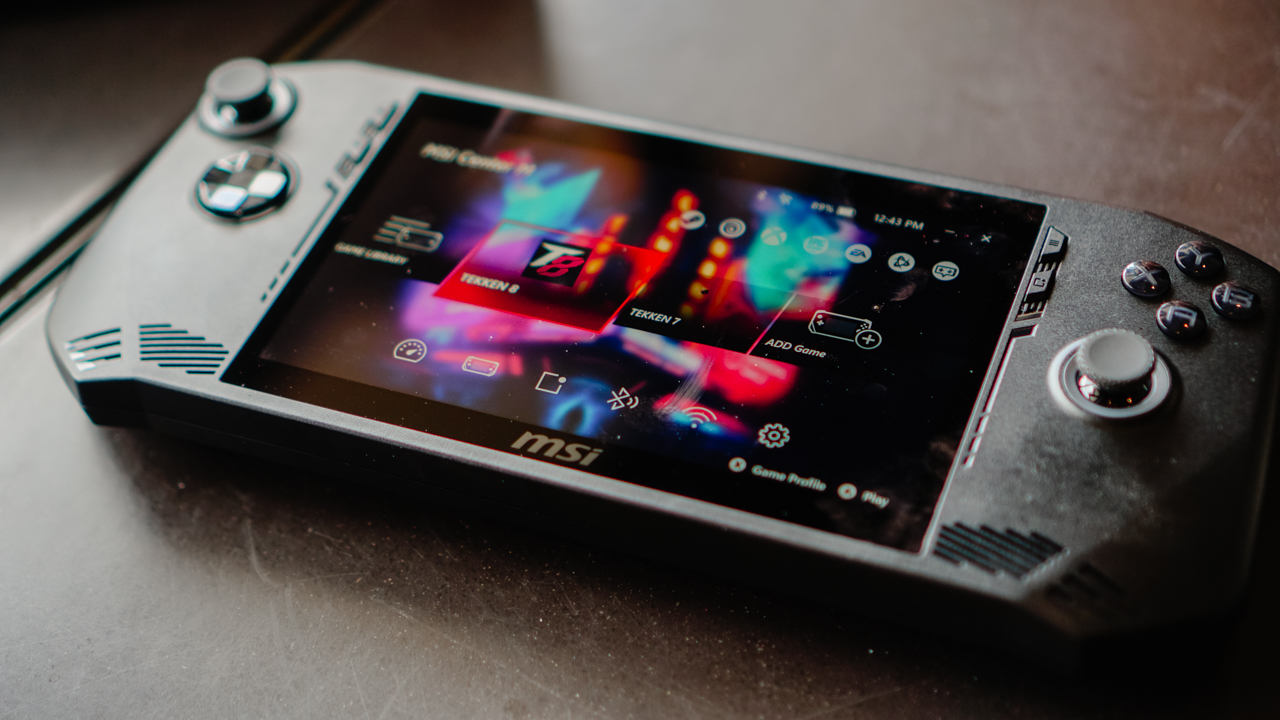
The MSI Claw is the latest gaming handheld from a major PC and laptop brand. The competition in this emerging gadget segment is tighter than ever. So, what is it about the MSI Claw that can scratch your gaming itch? Here’s a quick list.
Best grip in the game
One quick glance and it’s hard not to compare the claw with another popular gaming handheld. But a closer look and actually holding the thing will reveal that its grip easily feels better.
It has a slightly deeper groove that makes it easier to hold. So, MSI’s “Grip and Game” tagline isn’t all talk. Its design truly does provide one of the better feeling handles among its competition.
The overall design makes sure it’s made for extended gameplay sessions. The buttons are where you expect them to be. That includes the four mini buttons on the upper edges of the screen. These are the View, MSI Center M, Menu, and Quick Settings buttons.
In addition, the face buttons and d-pad all feel great. The face buttons, in particular, feel comparable to those of regular console controllers.
The rest of the buttons and triggers have a very satisfying tactile feel. It also uses Hall Effect technology to get rid of any stick drift issues.
Up top, you’ll find the power button, MicroSD Card slot, Thunderbolt 4 USB-C port, audio jack, and the volume buttons. These are intuitively placed and just makes sense given the overall design approach.
As cliché as it sounds, you’ll really think you got your money’s worth once you hold, touch, press, and grip the MSI Claw.
Dragon Vision
Now, MSI isn’t really calling it that but I thought it sounds pretty cool. A big part of the whole gaming experience is the display. Balancing resolution and frame rates is always tricky but the MSI Claw does it convincingly.
With this gaming handheld, you get a 7-inch display with a 120Hz refresh rate. Looks great on paper and it’s even better in real life. It’s the sweet spot in terms of both size and performance. There’s enough here to immerse you all while delivering a satisfying level of crisp and smoothness.
It’s comfortable to view whether you’re on the couch, on a desk table, or lying down getting a quick game in before you get some shut-eye.
Battery Life
At 53Whr, the MSI Claw has a 36% larger battery capacity than its contemporaries and promises 50% more play time.
MSI claims “elevated performance with extended endurance” using the Claw with faster charging capabilities.
These percentages are hard to measure in real life usage. What we can say for certain is that you get the expected performance and playtime typical of a handheld. That’s a little under two hours for graphically demanding titles, and close to four hours on less demanding ones.
The charging claim is legitimate. The MSI Claw juices up faster than most other handhelds, going from 20% to 100% in about a little over a K-Drama episode (roughly a little over an hour).
MSI Center M
Any self-respecting gaming handheld has its own software to make navigating the thing more manageable. While its direct competitors have an armoury crate and a space, MSI went with Center M.
The best part about MSI Center M is it puts your installed games front and center. Right when it launches, you get immediate access to the titles you have available on your machine.
MSI Afterburner is already the most commonly used app for taking a look at how your machine is performing while you play. That functionality is built-in to the MSI Claw. You can access it view the Quick Settings buttons.
Layout and functionality-wise, the MSI Center M is certainly one of the better Gaming Handheld softwares available right now.
Competitive Performance
A defining trait of the MSI Claw is that It’s the first gaming handheld to be powered by Intel Core Ultra. With it comes Intel XeSS tech. What it does is leverage AI upscaling to boost the fps of select titles.
As of launch, 50 notable games are supported. That number will certainly grow throughout the device’s lifespan. Some of the titles include Hi-Fi Rush, Dying Light 2, Forza Horizon 5, Call of Duty Warzone 2.0, Returnal, and many, many more.
Naturally, results will vary depending on the game mode you’re using. But in general, AAA games get anywhere between 10% to 45% better frame rate performance with Intel XeSS.
For our part we played TEKKEN 8 and the recently launched Horizon Forbidden West. Both graphically demanding games played relatively well on the MSI Claw. Frame rate performance on TEKKEN 8 is crucial and we got a relatively consistent fps, never dropping below 40.
Horizon Forbidden West is a much more graphically demanding game. We were able to run it in Medium Settings and while it doesn’t look as incredible, it still played relatively well with a frame rate surprising for a gaming handheld.
Extras
MSI made sure that if you wanted to, you could get some extra stuff with the MSI Claw. Its separately sold accessory set includes the Claw Travel Case, Nest Docking Station, Claw Lanyard, and Claw Keychain.
On paper, the MSI Claw lists its ergonomic design, AI Engine, and App Player as distinct advantages over its competition.
Whether it’s the Gaming Handheld that matches your needs is still ultimately up to you. If you have the opportunity to test drive the device, we suggest you do so. That might just solidify your purchase decision.
Price and availability in the Philippines
The MSI Claw will be available in three configurations in the Philippines. There are priced as follows:
MSI Claw A1M-075PH (PhP 45, 995).
- Intel® Core™ Ultra 5 processor 135H
- 512GB NVMe PCIe Gen4x4
- LPDDR5 16GB, dual channel
- Intel® Arc™ Graphics
Claw A1M-076PH (PhP 50, 995).
- Intel® Core™ Ultra 7 processor 155H
- 512GB NVMe PCIe Gen4x4
- LPDDR5 16GB, dual channel
- Intel® Arc™ Graphics
Claw A1M-077PH (PhP 53, 995).
- Intel® Core™ Ultra 7 processor 155H
- 1TB NVMe PCIe Gen4x4
- LPDDR5 16GB, dual channel
- Intel® Arc™ Graphics
Ongoing Promotion
You can still get your own MSI Claw with exclusive bundled freebies 𝐄𝐗𝐓𝐄𝐍𝐃 until 𝐀𝐩𝐫𝐢𝐥 𝟑𝟎, 𝟐𝟎𝟐𝟒!
This feature article is a collaboration between GadgetMatch and MSI Philippines.
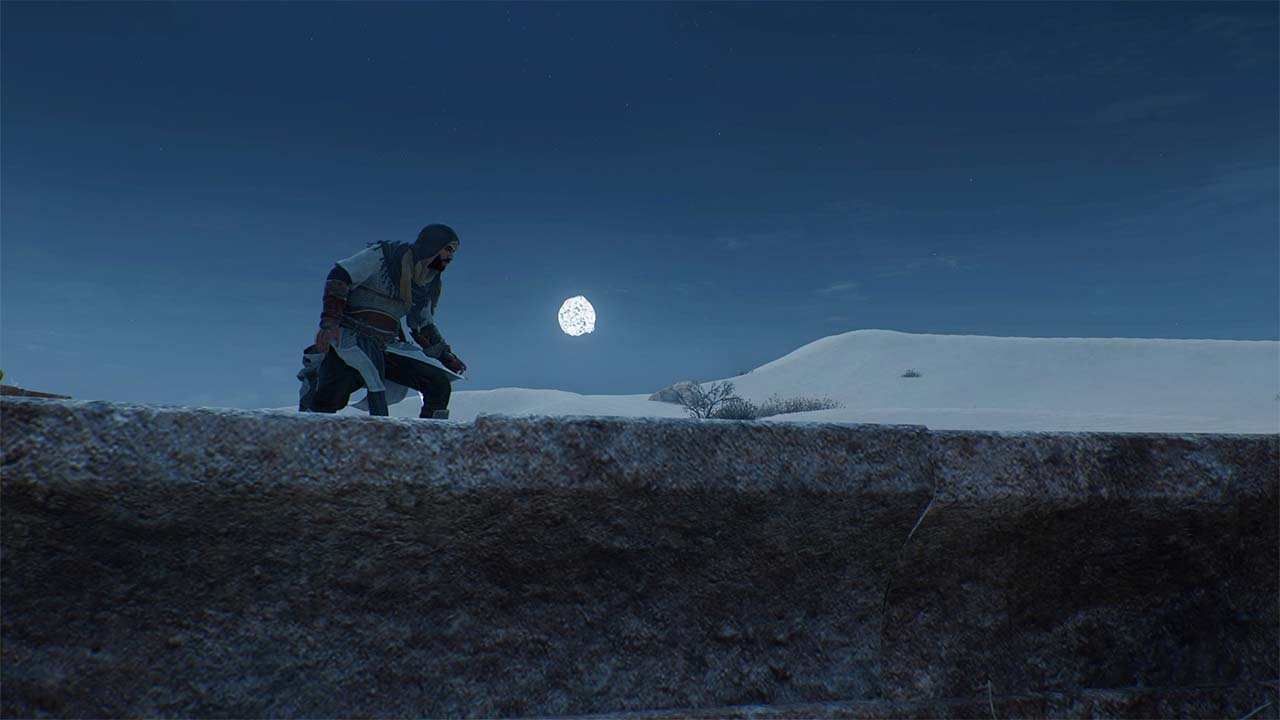
If you’ve been waiting for an opportunity to try Assassin’s Creed Mirage, that opportunity has come. The game is available for free trial on the PS5, PS4, Xbox Series X|S, Xbox One, Windows PC, Ubisoft Store, and the Epic Games Store. The promotion will be available from April 17 to 30.
During the Free Trial, players will have access to the first two (2) hours of the. Progression will carry over if they purchase the game.
Players streaming will be able to get and offer to their viewers an exclusive reward: Basim Valhalla Sword, if they stream during the Free Trial period. This unique sword is Basim’s weapon from his later years in England.
Discounts will also be available on PC via Ubisoft Connect only. From April 17t to 24 , Assassin’s Creed Mirage Standard Edition and Deluxe Edition will be 40% off.
Assassin’s Creed Mirage
Assassin’s Creed Mirage spins a tale centered around an already established character, rather than a blank slate like Valhalla’s Eivor. It follows Basim Ibn Ishaq, a character introduced in Valhalla. Taking place before the events of the previous game, Mirage has the assassin root out the Order in 9th-century Baghdad, a setting familiar to those who played the original title in 2007.
SEE ALSO: Assassin’s Creed Mirage review
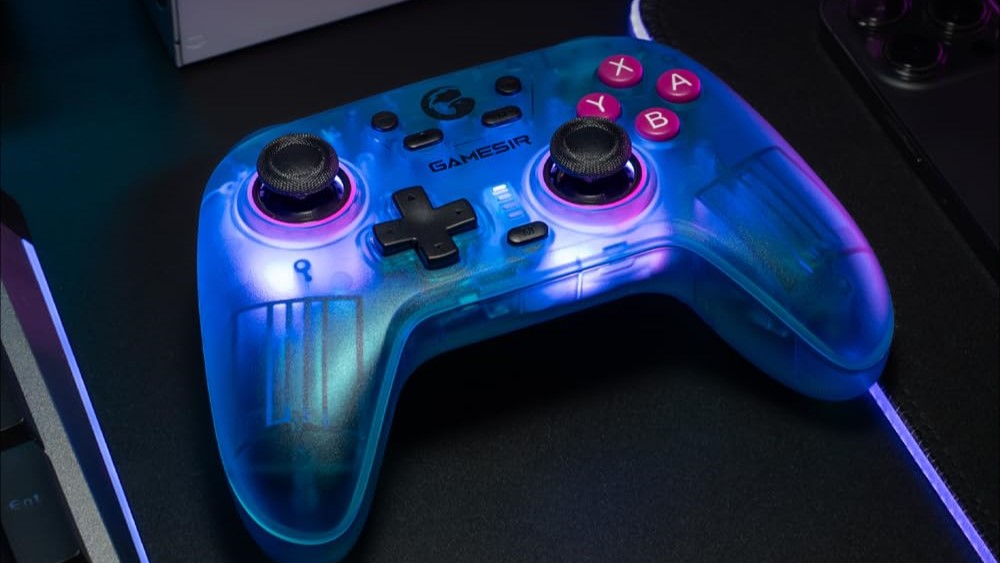
Gaming peripherals brand GameSir has introduced two new budget-friendly gaming controllers: The GameSir Nova and GameSir Nova Lite.
These controllers feature multi-platform compatibility and cutting-edge technologies, like anti-drift Hall effect sticks and tri-mode connectivity, for affordable price points.
The GameSir Nova is available for UK£ 39.99/US$ 35.99/PhP 2,100 while the GameSir Nova Lite costs UK£ 29.99/US$ 24.99/PhP 1,500.
Color options for the Nova are Neon Teal and Retro White, while the Nova Lite comes in Stellar White and Space Purple. Customers may purchase from Amazon, Amazon UK, and the GameSir website.
Ultimate multi-platform gaming controller
The GameSir Nova and Nova Lite are both compatible with multiple devices, including PC, iOS, Android, and Switch. The Nova Lite, meanwhile, can also connect to Steam Deck.
Both controllers also support tri-mode connectivity for flexibility. The Nova can be connected via Bluetooth, 2.4GHz, or a wired connection. Its Lite counterpart supports Bluetooth, a wireless dongle, and a wired configuration.
Precise, consistent gaming
With anti-drift Hall effect sticks, the Nova provides a smooth and consistent gaming experience. It uses specially optimized algorithms, and even supports motion controls to tilt, shake, or rotate for more immersion.
The Dual HD Rumble Motors in the grips also provide vibrations for real and precise feedback, whatever the game’s effects may be. Furthermore, there are two programmable macro back buttons that allows gamers to execute complex combos with ease.
The Nova Lite, meanwhile, also has analogue triggers, a 20Hz Turbo function, and two motors in the grips to cater to the user’s needs and feel.
In addition, the Lite includes a multi-function M button. Users may use this button to adjust different settings on the fly. For instance, pressing M plus the D-pad’s up and down buttons raises or lowers the vibration intensity. The sticks’ dead zones may also be adjusted to one’s liking.
-

 Accessories2 weeks ago
Accessories2 weeks agoApple Vision Pro Review: Two Months Later
-

 Features5 days ago
Features5 days agoFortify your home office or business setup with these devices
-

 Gaming1 week ago
Gaming1 week agoThe Rogue Prince of Persia looks like an ultra-colorful roguelite
-

 Events1 week ago
Events1 week agoStellar Blade: PlayStation taps cosplayers to play Eve for game’s launch
-

 Gaming1 week ago
Gaming1 week agoStar Wars Outlaws release date revealed
-

 Accessories1 week ago
Accessories1 week agoLogitech unveils G Pro X 60 gaming keyboard: Price, details
-

 Philippines2 weeks ago
Philippines2 weeks agovivo Y100 to release in Philippines on April 27
-

 Deals2 weeks ago
Deals2 weeks agoSamsung Awesome April: Deals on Galaxy A series

